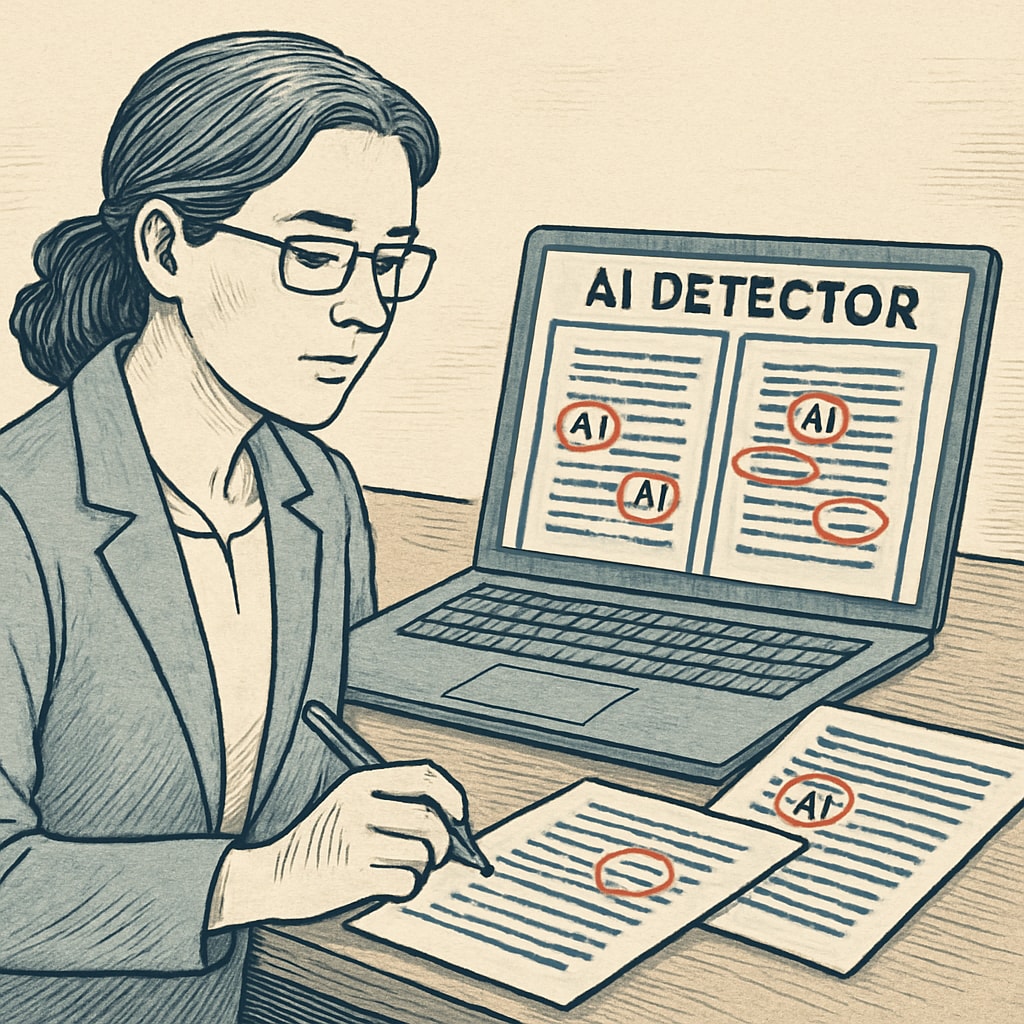The rise of AI tools like ChatGPT has transformed the educational landscape, creating both opportunities and challenges. While these tools offer students innovative ways to engage with learning, they also raise concerns about academic integrity, detection methods, and education costs. Striking a balance between fostering innovation and maintaining genuine learning is now a pressing challenge for educators.
The Ethical Challenges of AI in Education
AI tools provide students with instant access to information, but their misuse—such as using them to complete assignments—has sparked ethical concerns. When students rely on AI-generated content, they risk losing the benefits of critical thinking and independent learning. This issue raises a fundamental question: How do educators encourage innovation without compromising the authenticity of the learning process?
For example, a student might use ChatGPT to draft an essay without fully understanding the topic. While the output may appear polished, the student misses out on essential skills like research, analysis, and synthesis. This highlights the need for guidelines on responsible AI use in education.

Strategies for Maintaining Academic Integrity
To address these challenges, educators must adopt a multifaceted approach. Below are some practical strategies:
- Promote Responsible AI Use: Schools can introduce workshops to teach students how to use AI tools ethically, emphasizing their role as learning aids rather than shortcuts.
- Revamp Assessment Methods: Incorporate open-book exams, oral presentations, and project-based learning to reduce reliance on AI-generated content.
- Leverage AI Detection Tools: Tools like Turnitin and GPTZero can help identify AI-generated content. However, educators must weigh the financial and time costs of these solutions.
By implementing these measures, educators can create an environment that values both innovation and academic honesty.
The Cost of Detecting AI Misuse
One major hurdle in managing AI misuse is the high cost of detection tools. Advanced AI detectors require subscriptions, training, and ongoing updates, all of which can strain school budgets. Additionally, over-reliance on such tools may lead to a “policing” culture, which could undermine trust between students and educators.
Instead of solely relying on detection, schools can focus on preventive measures. For instance, educators can design assignments that require personalized responses, making it difficult for AI tools to provide generic answers. This not only reduces the need for detection but also enhances student engagement.

Balancing Innovation with True Learning
Ultimately, the goal is to create a balanced educational environment where AI tools complement rather than replace learning. Here are some actionable steps:
- Integrate AI into the Curriculum: Teach students how to use AI tools for research, brainstorming, and refining their ideas, rather than for completing tasks outright.
- Encourage Collaboration: Group projects and peer reviews can reduce the temptation to misuse AI while fostering interpersonal skills.
- Foster a Growth Mindset: Encourage students to view mistakes and challenges as learning opportunities, reducing the allure of shortcuts.
By implementing these strategies, educators can turn AI tools into allies in the learning process rather than adversaries.
In conclusion, the integration of AI tools into education is inevitable, but it requires careful management to ensure academic integrity. By combining ethical guidelines, innovative assessments, and cost-effective strategies, educators can navigate this complex landscape effectively. As a result, students will not only benefit from technological advancements but also develop the critical thinking skills needed for lifelong learning.
Readability guidance: Use short paragraphs and lists to summarize key points. Ensure smooth transitions between sections and minimize the use of passive voice. Incorporate examples to clarify complex ideas.


